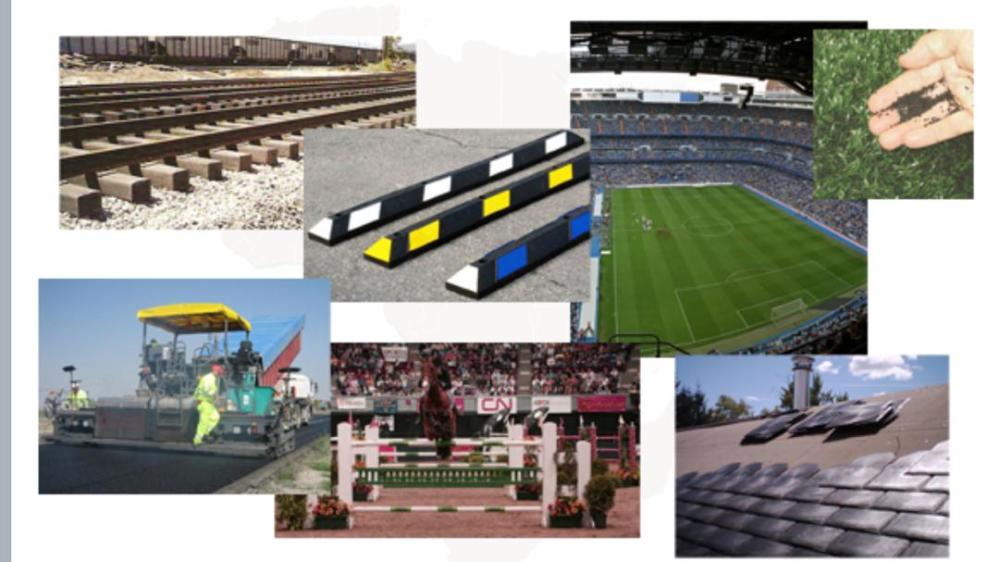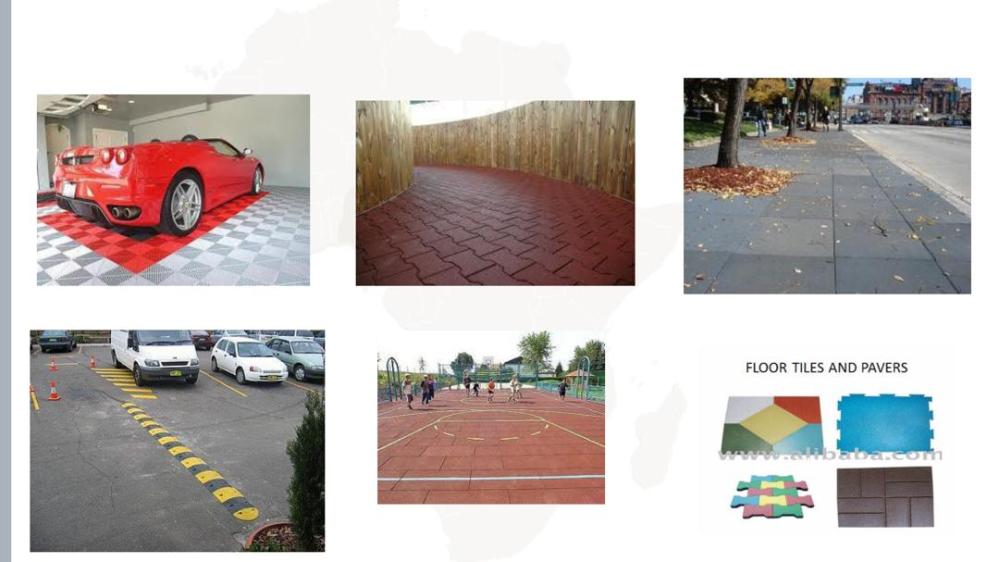By Obinna Agommuo- Executor Director, Economic Strategic Growth And Development Initiative of Africa (ESGADIA)
Today we shall be beaming our light once again into the economic values of one of the non-biodegradable waste material we often find littered in our Afro-environment- The Waste Tyre (Tire) which we currently seek cooperation with private investors to harness the potentials in Waste Tyres to their full effect.
Technology no doubt has proven that this Waste material is no waste after all, rather it has huge potentials for various industrial applications. This brings us to today’s subject: Waste Tyre Recycling.
*WASTE TYRE RECYCLING *
Waste Tyre Recycling is one of the solutions ESGADIA is seeking collaboration with potential investors in Africa to help reduce or eliminate historical waste tyres in the continent of Africa.
In addition to other significance, tyre recycling will help:
Save the tyres from fire burnt which causes carbon emissions that contribute to climate change and global warming.
Produce made in Africa goods
Create jobs for Africans
Keep the Afro-enviroment clean
In Nigeria for example, Waste tyres are still being landfilled, taking up our lands and destroying our environment. Waste tyres are homes to mosquitoes and rodents that are carriers of Malaria, Dengue and Lassa Fevers to mention but a few.
_Waste Tyres should be eliminated from our environment._

Waste tyres can be ‘shredded’ (for volume reduction and for Turf or Artificial Grass Production among others) and ‘granulated’ for Rubber reclaiming and reusing. (See Photos below).
Tyre Recycling is in three stages:
1. Tyre Debeading
2. Tyre shredding
3. Rubber crumb or Rubber Powder production.
*Waste Tyre Debeading*
This is the process of Debeading or pulling out the Bead (ring) steel wires from both ends of the tyre. The bead wires are made up of high tensile steel material. They are in high demand by the Steel Industries and Tyre Industries.

*Waste Tyre Shredding*:
This process is done by putting Debeaded waste tyres into shredding machines where the tyres are reduced to small tyre shreds
*Applications of tyre shreds*
a. Roads construction
b. Gravel replacement
c. Septic System Drain Fields
d. Playgrounds
e. Landscaping
f. Compounding Rubber Mesh/Rubber Crumb for Footwear, Conveyor Belts, Tyre Reclaim, Rubber Rollers, Track and Field event grounds and other rubber works
*Waste Tyre Rubber crumb (Rubber Powder)*
Tyre shreds can be further processed to produce Rubber crumbs or Rubber powder of different meshes.
The tyre shreds have three main components; they are fiber, steel and rubber. The machine is designed such that the shreds are grinded, the reinforced steels separated by a magnetic separator while the fibers are then blown away by the blower and what remains is the rubber crumb or Rubber Powder. There are different sizes or meshes of Rubber Powder for different applications. The sizes are 5 -10mesh, 10- 20mesh, 30mesh, 40mesh, 60mesh, 80mesh, 120mesh to 200mesh.
*Applications of Waste Tyre Rubber Crumb or Rubber powder*
Playgrounds and Athletic grounds.
Rubber Modified Asphalt (Rma)
Thermoplastic-Elastomer Compounds.
Sprayed Layers of Crumb Rubber: In combination with moisture curing urethane binder, crumb rubber can be sprayed onto surfaces where elastic, waterproof, and corrosion resistant or vibration and impact dampening properties are desirable. This method has a wide range of possible application and has a good potential for growth.

As Professionals in ESGADIA with bias in Waste Recycling, we have done an in-depth survey of the entire process of Waste Tyre Recycling beyond converting it to Energy.
*Waste Tyre to Energy: *
It may interest us to know that every Kilogram of Tyre contains 9 kilowatts of Energy. Every Tyre therefore contains a minimum of 90 kilowatts of Energy assuming that the tyre is 10 kilogram by weight. The Tyre Derived Fuel (TDF) can be recovered through Pyrolysis, Gasification or Depolymerization of Waste tyres to produce TPO- Tyre Pyrolytic Oil (Fuel Oil) and Pyrolytic Gas (Methane Gas). The TPO accounts for a minimum of 45% of Waste Tyres while the Pyrolytic Gas (Methane Gas) accounts for between 5% and 8% of Waste Tyres.
The Tyre Pyrolytic Oil (TPO) can be further distilled to produce Diesel.
Other derivatives of the Pyrolytic process of Waste Tyres to Energy include, Carbon Black which accounts for minimum of 30% and Steel which accounts for 15% Waste Tyres. All of these products are in high demand in Africa. Both the TPO, Diesel and the Pyrolytic Gas can be used as fuel to power Turbines and Internal Combustion Engines (Generators) for Electricity generation.
Find below some of the Derivatives of Waste Tyre Recycling which end products are of high commercial value and which Africans often import for use in our environments.
For enquiries please contact: [email protected]
